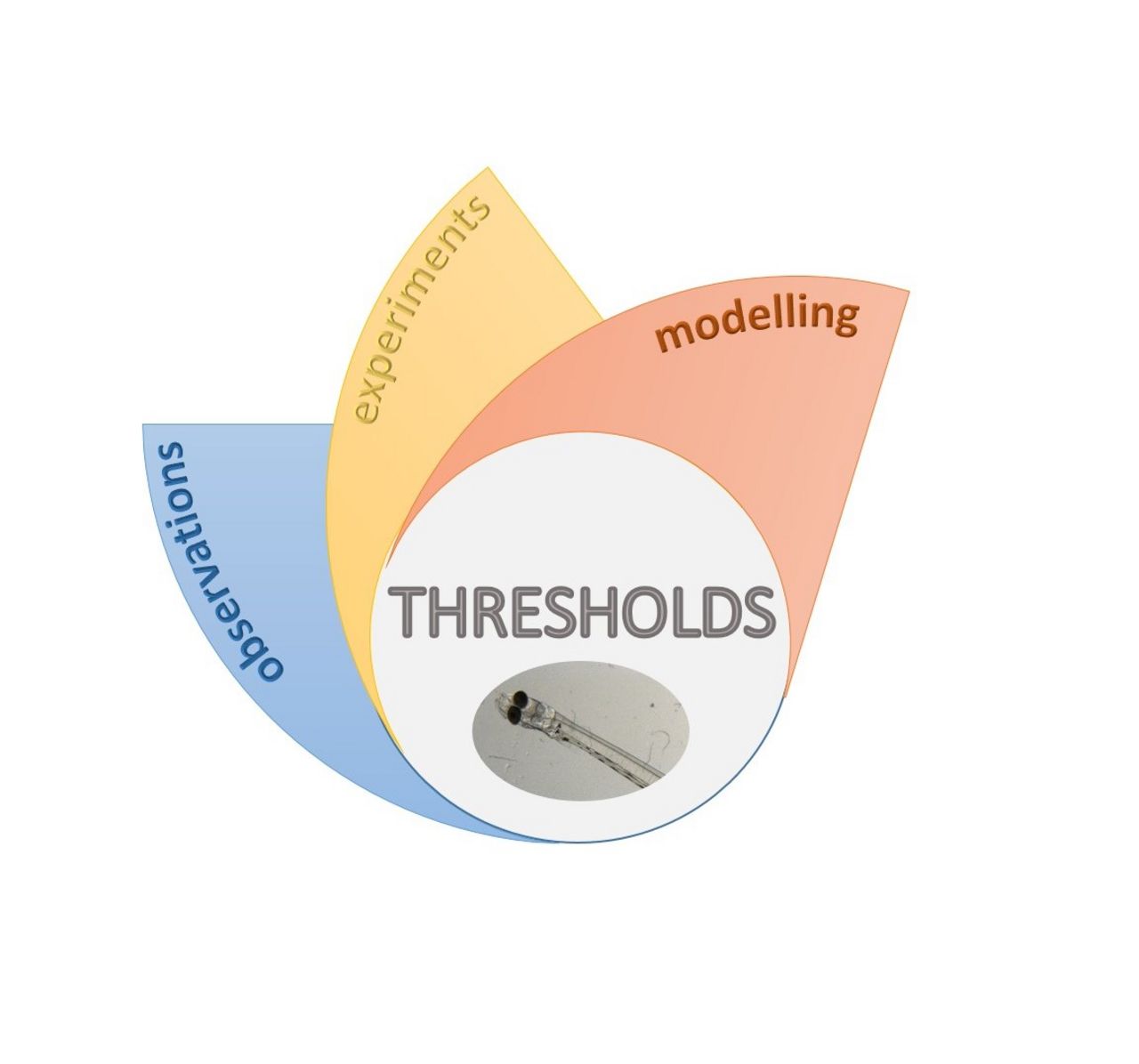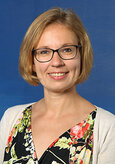Project
THRESHOLDS: How does climate affect baby herring in the North Sea?

THRESHOLDS: Disentangling the effects of climate-driven processes on North Sea herring recruitment through physiological thresholds
Climate variability and change directly and indirectly affect the distribution and productivity of marine fishes including commercially important fish species. Most of the alterations in productivity are thought to be driven by changes in growth and survival of the fish early life stages. We aim at a better mechanistic understanding of how bottom-up processes (e.g. temperature, prey) impact larval vital rates (e.g. survival, growth) by using North Sea herring as a case study.
Approach
North Sea herring represents a perfect case study, as increased larval mortality in the last decade has been related to changes in temperature and prey abundance/composition, but the mechanisms behind these changes remain unknown. THRESHOLDS will contribute to close these knowledge gaps by 1) measuring physiological indicators of the performance of laboratory-reared and field-caught larvae, 2) resolving prey fields experienced by larvae during their first months of life, and 3) integrating these laboratory and field data to a model to examine bottom-up drivers of larval mortality. We will combine results from the laboratory experiments, field surveys and model simulations in order to determine the impact of prey type, size and abundance on larval herring physiology under controlled laboratory conditions and estimate the energetic cost of feeding at suboptimal prey fields in herring larvae. Furthermore, we will estimate and analyses zooplankton dynamics in the North Sea during fall- and wintertime and explore bottom-up regulation impacting larval herring growth under different climatic conditions. Individual-based simulations will help us to quantify the importance of suboptimal feeding for the overall larval survival
Publications
- 0
Moyano M, Illing B, Akimova A, Alter K, Bartolino V, Börner G, Clemmesen C, Finke A, Gröhsler T, Kotterba P, Livdane L, Mittermayer F, Moll D, Nordheim L von, Peck M, Schaber M, Polte P (2023) Caught in the middle: bottom-up and top-down processes impacting recruitment in a small pelagic fish. Rev Fish Biol Fisheries 33(1):55-84, DOI:10.1007/s11160-022-09739-2
- 1
Akimova A, Peck M, Börner G, Damme CJG van, Moyano M (2023) Combining modeling with novel field observations yields new insights into wintertime food limitation of larval fish. Limnol Oceanogr 68(8):1865-1879, DOI:10.1002/lno.12391
- 2
Akimova A, Peck M, Börner G, Damme CJG van, Moyano M (2023) Wintertime growth limitation of herring larvae: combining physiological modelling with novel zooplankton observations. STAGES : Early Life History Section Newsl 44(3):8-9
Thünen-Contact

Involved Thünen-Partners
Involved external Thünen-Partners
-
Universität Hamburg
(Hamburg, Deutschland) - Wageningen University & Research (WUR)
(Wageningen, Niederlande)
Duration
9.2018 - 12.2022
More Information
Project status:
finished

![[Translate to English:] [Translate to English:]](/media/_processed_/7/1/csm_IMG_7977_large_1defaf5de1.jpg)

![[Translate to English:] Logo des Bundesministerium für Ernährung und Landwirtschaft](/media/allgemein/logos/BMEL_Logo.svg)